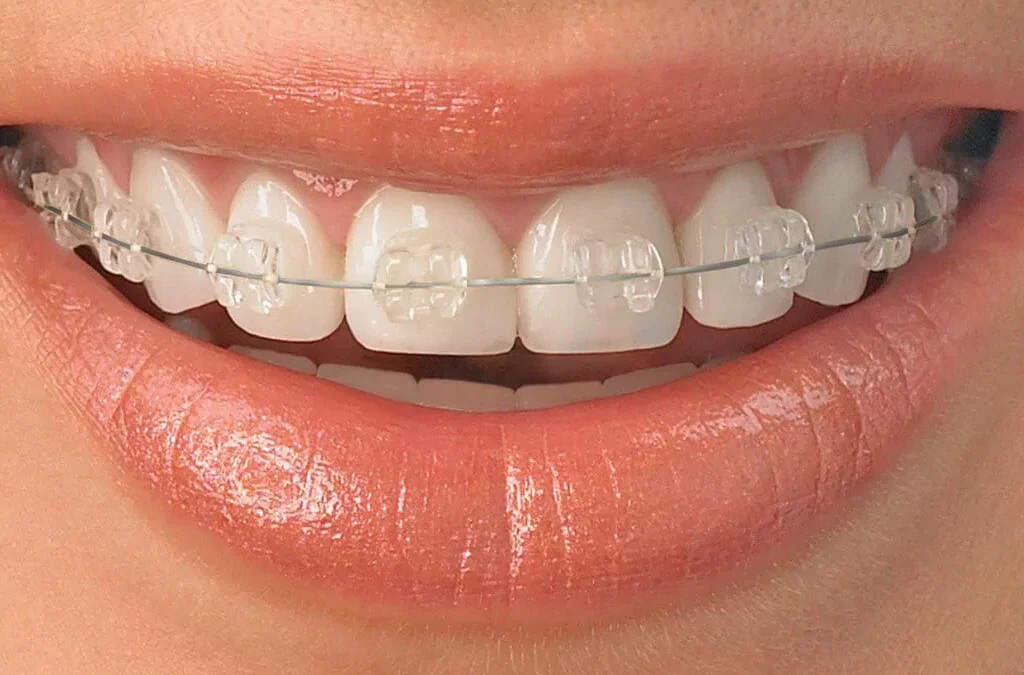Ceramic braces are less apparent than conventional metal braces. Unlike silver-colored metal braces, ceramic braces are tooth-colored, white, or transparent, and the silver wire, or archwire, that links the brackets is available in less noticeable hues like white and frosted as explained by a dentist in Oakland, CA. Ceramic braces are fitted similarly to metal braces; brackets are glued to the front of the teeth, and rubber bands (available in a variety of colors) keep the archwire in place. In this article, we will discuss in detail the process of getting ceramic braces and their advantages.
The Process of Fitting Ceramic Braces
Fitting ceramic brackets is a straightforward operation. The teeth must be very dry and clean before the fit, thus the orthodontist will apply an etch to each tooth, which is then wiped off and dried. Throughout the procedure, a suction tube is utilized to keep moisture away from the front surfaces of the teeth. After the teeth have been cleaned and dried, each block is individually attached to the teeth. Once this is completed, a tiny wire is passed through each block and secured with a little transparent elastic. The thickness of the wire gradually increases throughout the treatment as the teeth migrate into the ideal arch position.
Types of Ceramic Braces
As technology has advanced, so have the pros and options in ceramic braces. Modern variations include:
- Clear Ceramic Braces: These are nearly unnoticeable, using brackets that blend in with the tooth enamel.
- Customized Braces: Certain companies provide adjustable color options for ceramic bracelets, creating a distinctive and individualized look.
- Self-ligating Ceramic Braces: These use a slide mechanism instead of elastics to hold the wire, which reduces friction and maintenance.
Advances in 2024
Latest Technologies in Ceramic Braces
In 2024, the discipline of orthodontics has witnessed great breakthroughs in the materials and design of ceramic braces, increasing their strength, comfort, and aesthetic appeal. 3D imaging and bespoke bracket systems are examples of digital orthodontic innovations that have enhanced treatment planning and results.
Trends in orthodontics
The need for more cosmetic, patient-friendly orthodontic treatments continues to rise. Ceramic braces are at the forefront of this movement, offering an effective and discrete solution for individuals seeking orthodontic treatment without the classic appearance of metal braces.
Ceramic brackets are bigger than metal ones, making brushing and flossing more difficult. Brush your teeth at least twice a day to prevent discoloration and plaque accumulation. Our orthodontists can provide you with useful ideas for keeping your mouth healthy throughout clear braces treatment.



Stay connected